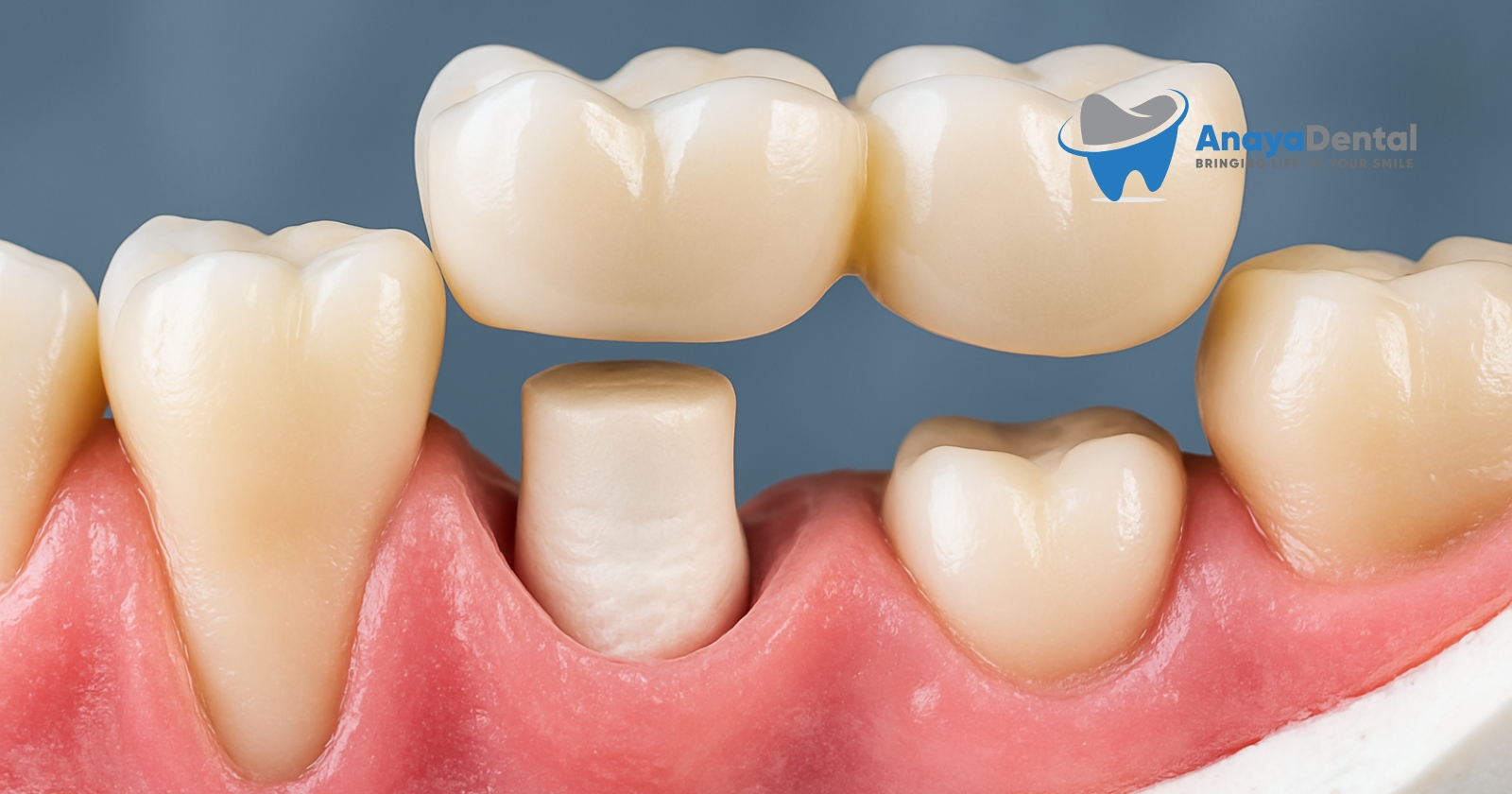How You Can Afford a D2150 Dental Filling: Understanding Two-Surface Amalgam Costs and Coverage
When your dentist diagnoses tooth decay affecting multiple surfaces, they may recommend a D2150 procedure. Understanding this dental code helps you prepare financially and navigate insurance coverage effectively.
What Is a D2150 Dental Filling?
A D2150 code represents an amalgam filling that covers two surfaces of either a primary (baby) or permanent tooth. Amalgam fillings are silver-colored restorations composed of a mixture of metals including silver, tin, copper, and mercury.
The “two surfaces” designation means the decay has affected two distinct areas of your tooth—such as the top (occlusal) surface and one side (buccal or lingual), or two connecting sides of the tooth. This makes the D2150 procedure more extensive than a single-surface D2140 filling.
Try Our Dental Calculators
Medical Context: When Is a D2150 Procedure Necessary?
Dentists recommend two-surface amalgam fillings when:
- Decay spans multiple surfaces of a tooth
- Fractures or damage affect more than one surface
- Previous fillings have failed and need replacement across multiple surfaces
According to clinical research, two-surface amalgam fillings demonstrate a 92% success rate after 10 years when properly placed and maintained, making them a reliable option for managing more extensive decay.
Average Costs for D2150 Amalgam Fillings
Two-surface fillings naturally cost more than single-surface restorations due to:
- Additional material required
- Increased complexity of preparation
- More time needed for placement
Here’s what you can expect to pay:
| Payment Scenario | Cost Range |
|---|---|
| Without insurance | $150-$325 per filling |
| With insurance coverage | $30-$97 (20-30% of total cost) |
| Dental school clinic | $75-$125 |
The American Dental Association reports that amalgam fillings typically cost about 30-35% less than comparable composite (tooth-colored) fillings of the same size.
Insurance Coverage Options for D2150 Procedures
Traditional Dental Insurance
Most dental plans categorize D2150 amalgam fillings as basic restorative procedures with coverage typically structured as:
- 80-100% coverage for preventive-focused plans after deductible
- 70-80% coverage with standard dental insurance
- 50-70% coverage with basic dental plans
Important coverage limitations to note:
- Many plans impose a 3-6 month waiting period for fillings
- Annual coverage maximums (typically $1,000-$1,500)
- Some plans limit how frequently the same tooth can receive treatment (often 24 months)
Dental Discount Plans
For those without traditional insurance, discount plans offer an alternative approach:
- Annual membership fees ranging from $100-$200
- Provide 15-50% discounts on D2150 procedures
- No waiting periods in most cases
- No annual maximums to worry about
Government Programs
Public assistance programs may provide coverage for amalgam fillings:
- Medicaid: Coverage varies by state but typically includes basic fillings for children and sometimes adults
- CHIP: Provides dental coverage for qualifying children, including amalgam fillings
- Medicare: Generally doesn’t cover routine dental procedures unless connected to a covered medical condition
Payment Options When Insurance Isn’t Enough
Dental Office Payment Plans
Many dental practices offer flexible payment arrangements:
- Interest-free payment plans for 3-6 months
- Options that require minimal or no credit checks
- Monthly payments spread across the treatment timeline
Healthcare Credit Cards
Specialized healthcare financing options offer:
- Promotional 0% interest periods (typically 6-18 months)
- Can be used for multiple healthcare expenses beyond dentistry
- Important caution: Interest rates of 20% or higher apply if not paid off during promotional period
Dental Schools
Receiving treatment at an accredited dental school provides:
- Savings of 30-60% compared to private practice rates
- Treatment performed by supervised dental students
- Longer appointment times but significantly reduced costs
Comparing D2150 vs. D2140 Fillings
Understanding the difference between one-surface and two-surface fillings helps clarify why costs differ:
| Aspect | D2140 (One Surface) | D2150 (Two Surfaces) |
|---|---|---|
| Average cost | $110-$275 | $150-$325 |
| Procedure time | 30-45 minutes | 45-60 minutes |
| Amount of material | Less | More |
| Complexity | Lower | Higher |
| Typical locations | Single surface (e.g., just the top) | Connected surfaces (e.g., top and side) |
Preventive Measures to Avoid Future D2150 Procedures
Investing in preventive care can save you from needing additional or more extensive fillings:
- Bi-annual dental exams catch decay early before it spreads to multiple surfaces
- Daily flossing removes bacteria from between teeth where multi-surface decay often begins
- Using fluoride products strengthens enamel and increases resistance to decay
- Drinking water instead of sugary beverages reduces cavity risk
Research published in the Journal of Dental Research demonstrates that patients who maintain regular preventive care appointments are 40% less likely to require multi-surface restorative procedures.
Quick Review
- D2150 represents an amalgam filling covering two surfaces of a tooth
- Average costs range from $150-$325 without insurance
- Most dental insurance plans cover 70-80% of the procedure cost
- Two-surface fillings cost more than single-surface (D2140) procedures due to increased complexity
- Alternative payment options include dental discount plans, payment plans, healthcare credit cards, and dental schools
- Regular preventive care significantly reduces the need for multi-surface fillings


